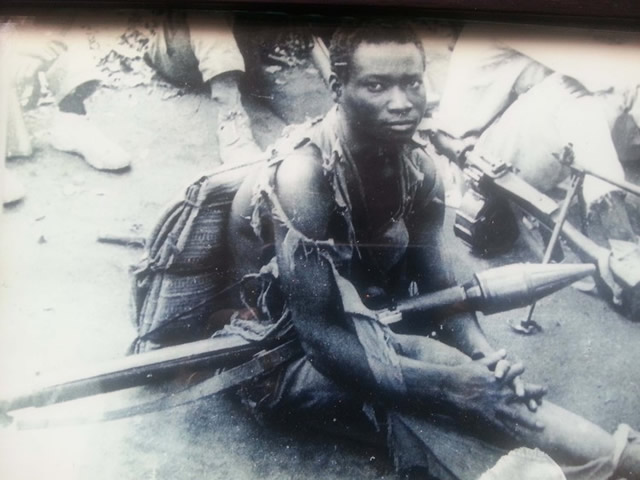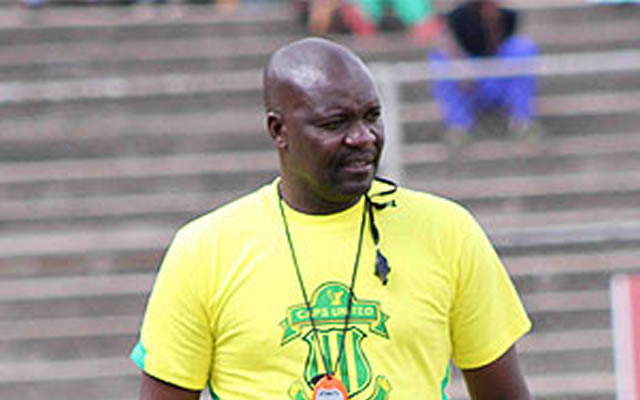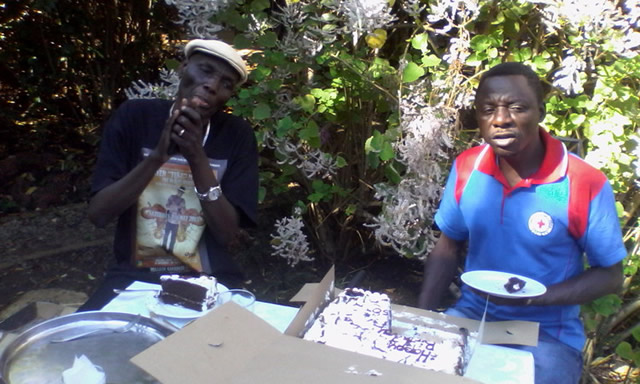The one who died for this country


This picture of the unknown comrade says Heroes of our liberation struggle, both living and dead, were not ordinary people
Ignatius Mabasa
Solomon Mutswairo’s Shona novel, Feso, is known for the powerful lamentation poem called Nehanda Nyakasikana which was a favourite of the late Vice President Dr Simon Muzenda.It is in this same novel that Mutswairo vividly describes the battle actions and exploits of a war hero called Mapondera.
As a master storyteller, Mutswairo describes Mapondera in such a way that one would think war is beautiful and cool, almost the same way that it is depicted in Hollywood movies.
What makes Mapondera’s battle abilities remarkable is that, when the battle skirmishes get intense and bloody, he gets possessed by a war spirit that enables him to fly, attack and vanquish his opponents from the air like an eagle.
Solomon Mutswairo’s story is fiction, it suspends reality and allows Mapondera to fly and vanquish his opponents, but war is not that beautiful and easy.
War is not about invincible men and women.
War kills, destroys and displaces people physically and spiritually.
War leaves terrible emotional scars and bruises.
Jimmy Carter, commenting on war, once said, “War may sometimes be a necessary evil. But no-matter how necessary, it is always an evil, never a good. We will not learn how to live together in peace by killing each other’s children.”
During this time when we remember the heroes of our liberation struggle as a country, I think of the many children that were sucked into the vortex of war in one way or another. Some children became collaborators, while others like myself were traumatised by the sounds of gun fire, the bombs, the war planes, and the violence and brutality of war.
During the war, even the children had to be extremely vigilant, and as a result everybody was always living on the edge.
As children living in war zones, our lives were literary turned upside-down.
We occasionally saw the Rhodesian soldiers and the guerillas carrying the formidable weapons of war, and while we knew that guns were the things used to kill in war, we were both awed and inspired by the machines.
While we herded cattle, we made our own guns using dried maize stalks. When we saw the enemy aeroplanes flying in the distance, we shot them with our maize stalk guns.
Even if they did not fall down, we just got a strange happy feeling that we were also part of the struggle.
I grew up without a father because my father had chosen to play his part in the liberation war.
While I lost my father, my grandparents lost a hardworking son. My father perished in the heat of the struggle at Nyajenje, Mount Darwin in 1975.
That war, the liberation war for Zimbabwe, may now seem like a thing of the past, such that today the Heroes Holiday has become a time for weddings, parties and holidaying, but I want you reader to study the picture accompanying this story — the picture of a young and unknown guerrilla.
This young guerrilla may be unknown, but his picture captures and speaks volumes about the liberation struggle and what sacrifice means.
I don’t know whether this guerilla is living or dead, but I salute him for telling me his story through this very picture.
I really wanted to talk to this unknown liberation war hero.
I wanted him to tell me more than what he is telling me now through this picture.
I wanted him to tell me whose son he is, and whether his mother knew that this is how her son looked like in the bush?
I wanted him to tell me his real name and his nom de guerre.
I wanted him to tell me whether I am wrong to think that he must have been aged 18 and that he didn’t think of girlfriends and writing love letters.
I think war and love are incompatible, especially when one has that appearance, which seems to say — look, I don’t care about my looks or my clothes.
The only thing that I am in love with, and which I will care for, is fighting this war.
Yes, if it was possible, I wanted to interview and know this unknown soldier.
Could he even write at all? Didn’t he love his country to the extent of abandoning his education?
I wanted to hear his story from his mouth. Did he dream at all? Could he laugh or joke? What did war mean to him at such a tender age? Just look at his eyes.
Those beautiful, composed and almost innocent looking eyes.
They do not show any pride or fire that one would associate with such a battle-hardened soldier.
Look at the threads that are pretending to cover his shoulders and back!
To me, those strips of what once was a shirt are the ultimate sign of this unknown soldier’s spirit and heart.
To this comrade, the war had become all that mattered — more than looks or clothing. Now, that is what I call sacrifice.
When everything else, even your body should get out of the way so that the war can be fought and won.
When I saw this picture, I told myself that this young cadre is someone’s child and he decided to go and fight for Zimbabwe.
You and I should shut our mouths and give respect to the guerillas like him that sacrificed their lives and everything for the sake of the struggle.
When we play and listen to songs that won the liberation struggle during this Heroes Holiday, let us remember the picture of this unknown guerilla.
His picture puts into context the liberation war songs that we listen to while we drive our ex-Japanese vehicles to some holiday resort. When the songs say:
Taigara mumakomo, and then you study this picture of the unknown cadre holding his prized possession — the bazooka, you will understand that there was no Gucci, Dolce Garbana, Pierre Cardini or Louis Vuiton in combat.
One may ask the question, why do we have to remember heroes of the liberation struggle to the extent of having dates set aside as a holiday in their honour and memory?
The answer is, they were so mad about freedom, liberation and equal opportunities such that they abandoned mothers, fathers, brothers, sisters, children and the comforts of home to go and become the firewood that kept the fire of the struggle going.
There are times when stories of the struggle are told today, that they do not make sense to most of us. Whether you are one of those that consider the liberation struggle as a closed chapter of our history, I think it is important to remember that real people, including children, died in that war.
Heroes of our liberation struggle, both living and dead, are not just ordinary people.
They didn’t talk about freedom and end there, but they forsook all the comforts and luxuries of life to go and die.
When I saw the picture of this young freedom fighter, it haunted me.
He was not dead, but something in him had died.
He was sitting with his legs stretched out in front of him, and on his lap, rested a rocket launcher with a rocket attached at the other end.
His hair was wild, his clothes, especially the shirt, were just strips of thread.
While his clothes and hair looked like he had been in the bush for many years, his whole being seems to say — my life no longer matters.
His appearance seems to be saying, “What matters is the liberation struggle which must be won by any means necessary.”
As we remember our heroes, let us remember what Enerst Hemmingway said, “No catalogue of horrors ever kept men from war. Before the war, you always think that it’s not you that dies. But you will die, brother, if you go to it long enough.”
Certainly, this picture of the unknown comrade says he died during the war.
The picture seems to suggest that he was at an assembly point where all guerillas were gathered before demobilisation.
He may have been physically alive, but his photograph tells a story of a man who had metaphorically died. He no longer cared for life or about being comfortable.
For this young and unknown guerilla, life was war, and war was life.









Comments